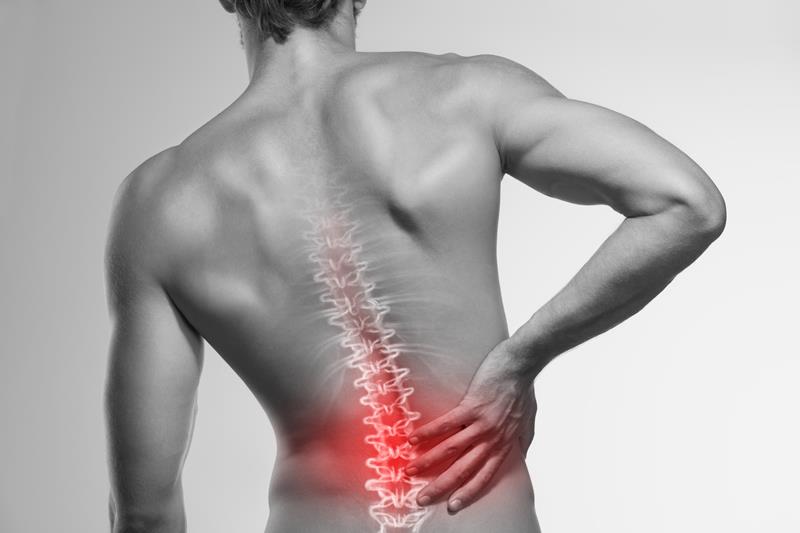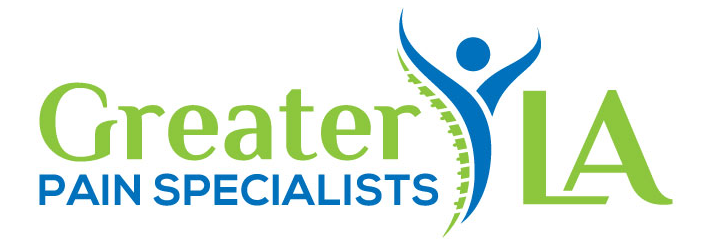
- Myofascial Pain
- Lumbar Facet joint pain
- Lumbar Radiculopathy
- Lumbar stenosis
- Degenerative Disc Disease
- Lumbar disc herniation
- Failed back surgery syndrome
- Sacroiliac joint pain
- Tailbone Pain

Treatments that we provide at Greater LA Pain Specialists include:
- Lumbar Facet Joint Injections
- Lumbar Medial Branch Block
- Lumbar Trigger Point injections
- Lumbar Epidural Injections
- Sacroiliac Joint Injections
- Sacrococcygeal Ligament Injections
- Trigger point injections
- Spinal Cord Stimulator
- Radiofrequency Ablation
- PRP injections

Myofascial Pain
Here is what you can expect if you visit a standard therapist for you myofascial pain treatment:
- The therapist might have to interview you about what you think the cause of the pain could be. They may also palpitate the affected area to identify the particular fascia that needs to be massaged and given due attention during the procedure.
- A standard treatment should last anywhere from 30 minutes to one hour, but should not last longer than that as that may lead to soreness and fatigue.
- You may experience considerable relief, but if the case is severe, you may need to go for another session or two in the subsequent days.
- The treatment does not require the use of any equipment and creams or gels. The therapist will only need their hands to manipulate and apply slight pressure to the trigger points and affected muscles.

Degenerative Disc Disease
Degenerative disc disease is when natural changes in the discs of your spine cause pain. The discs between vertebrae act as shock absorbers for your spine, and as you age, they begin to lose flexibility. While this is a normal part of aging, it should not cause pain. If you experience pain due to this, it is classified as degenerative disc disease.
Additionally, vertebral discs can develop small cracks as a result of regular, daily movement. The outer wall of each disc contains nerves, and these tiny tears or cracks can lead to pain. Depending on the severity of the crack, the soft, inner core may also begin to squeeze out, resulting in discs that bulge, which may also press on nearby nerves and cause pain.
Symptoms of degenerative disc disease may include pain that:
- Occurs in your lower back, buttocks, or upper thighs
- Gets worse when you sit, but improves with walking and moving
- Gets worse if you bend, lift, or twist
- Comes and goes, ranges from minor to severe, and lasts from days to months
- Improves if you change positions or lie down
